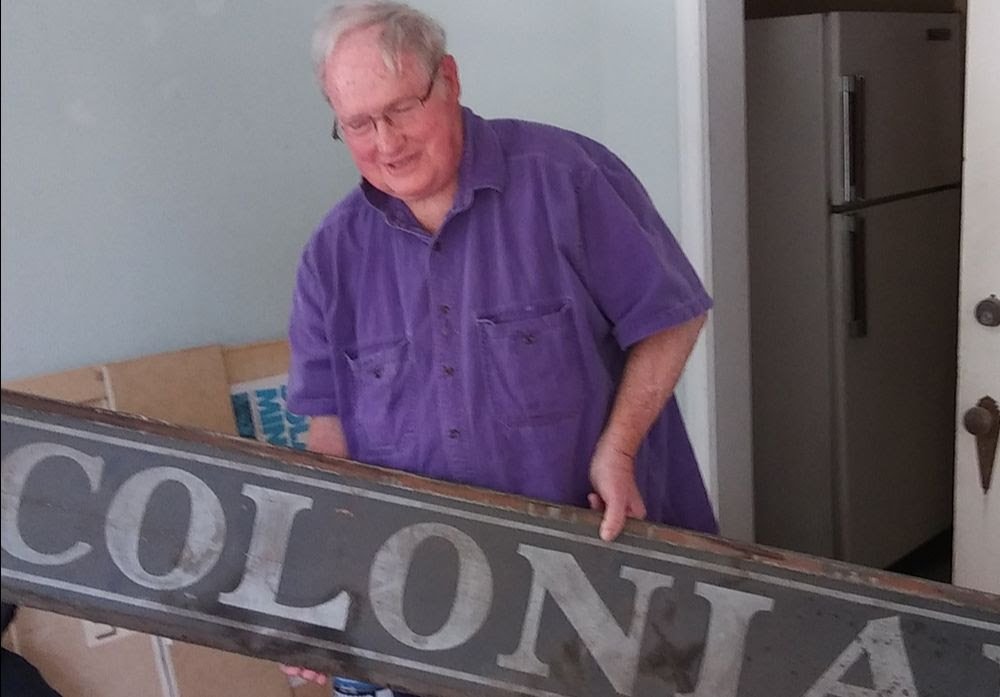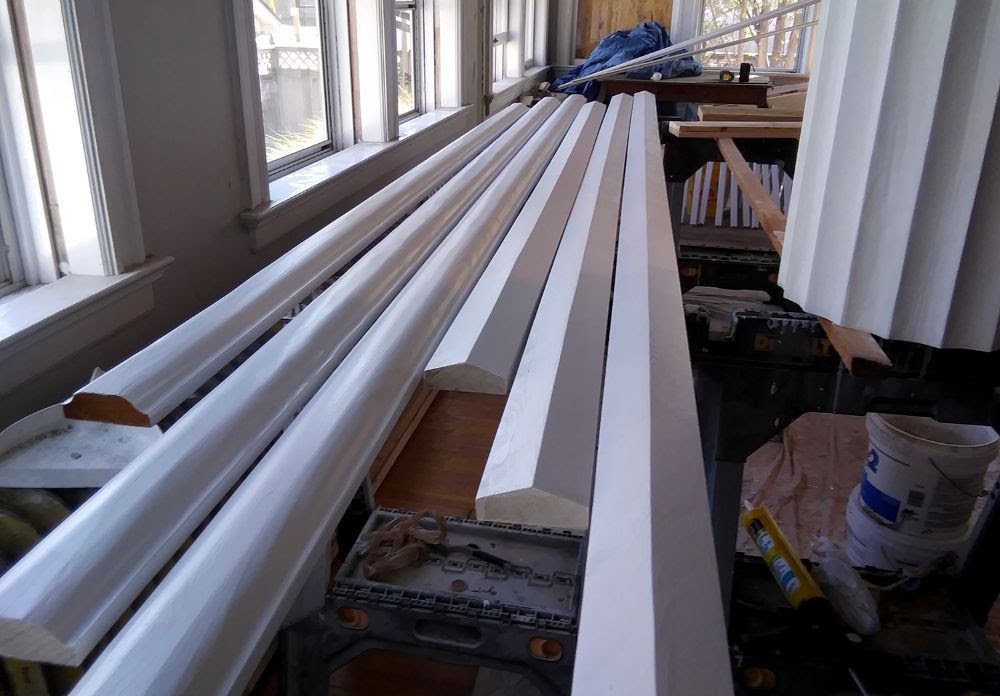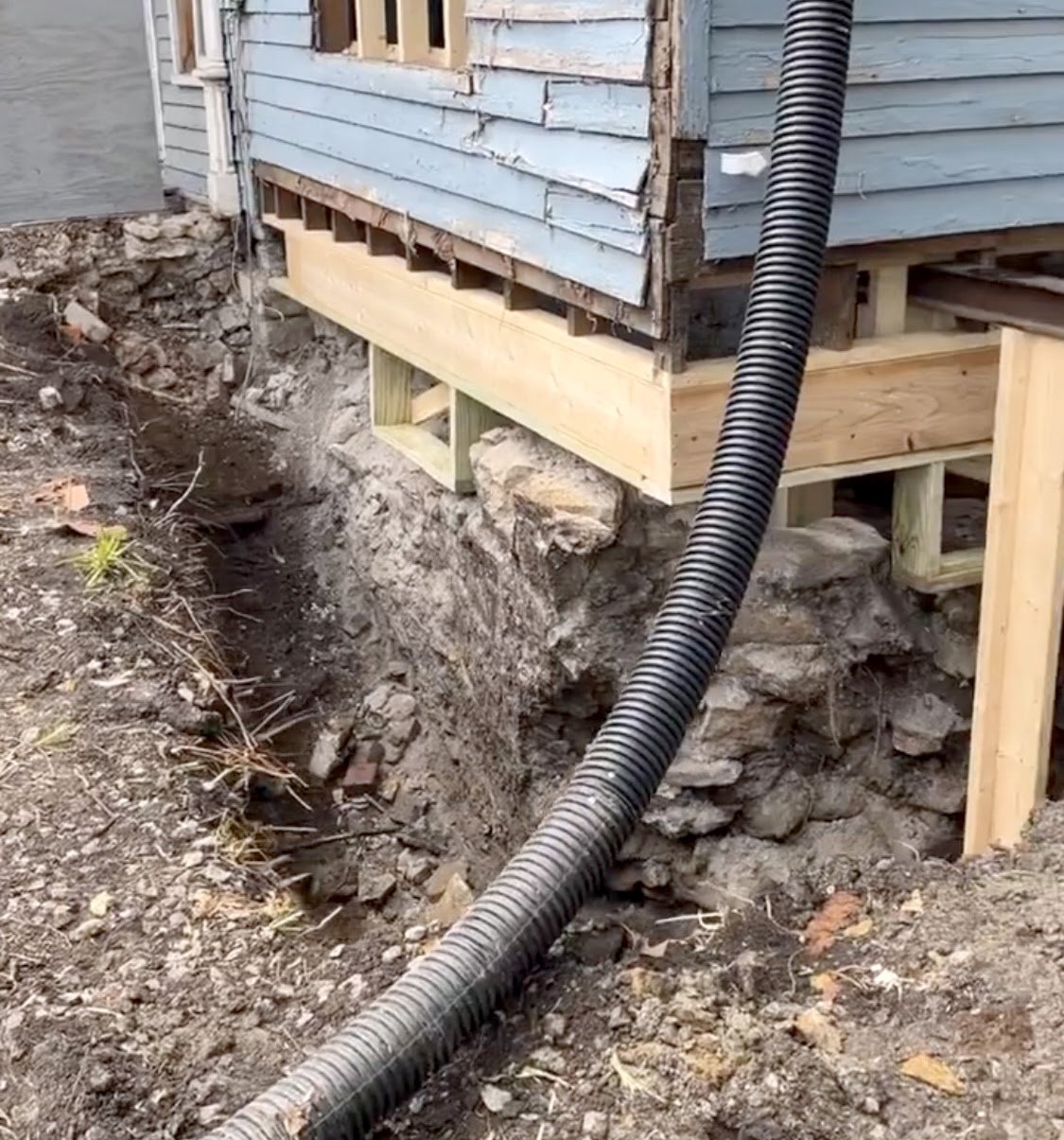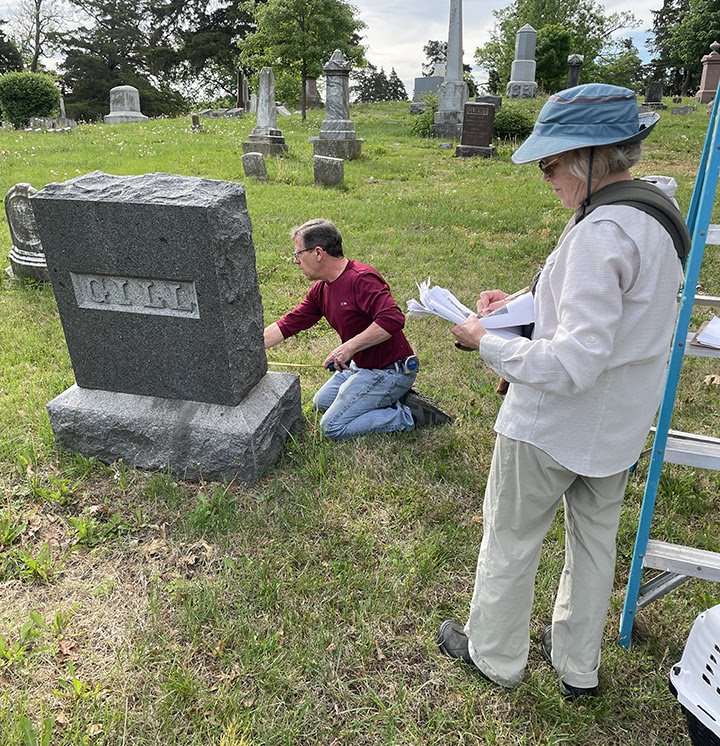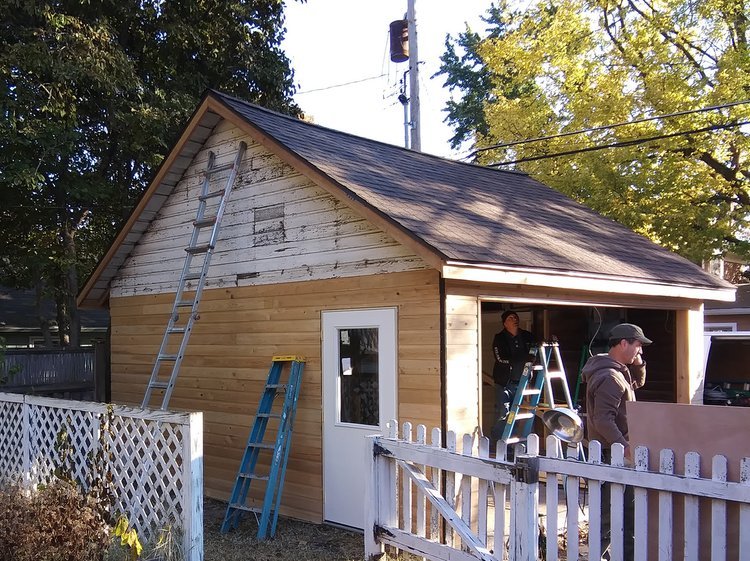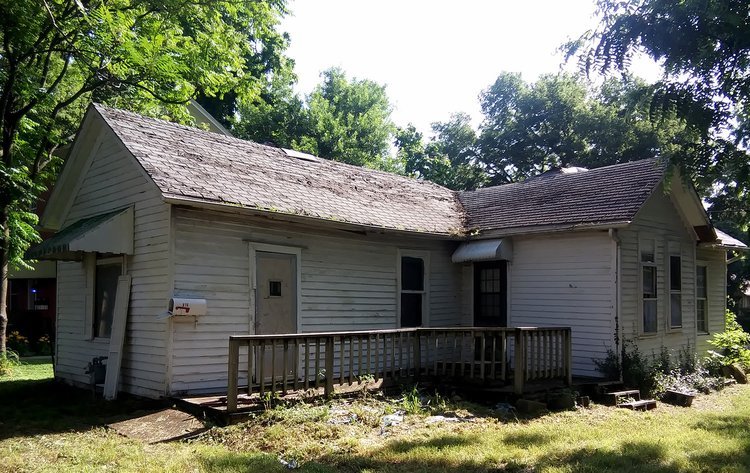1248 Connecticut Street
/A major exterior paint job is drawing attention to the Queen Anne house at 1248 Connecticut. Stella Provias, a local realtor, has lived there with her partner Shane Powers and their three children for more than 5 years. When she purchased the house, it needed painting inside and out. She lights up with passion when speaking about her home. “I’ve always been fascinated with older houses,” she says. “I’ve always felt most comfortable and at home in them.”
Provias remembered this home from when she arrived in Lawrence in 1995 to attend KU. At that time, it was a rental where a friend resided. She was enamored with the home the moment she walked in. “Never in a million years did I think I would someday own it,” she says now.
She reached out to the Watkins Museum several years ago to learn more about the house’s history. She was given the following clipping, dated January 1, 1901, from the Lawrence Daily Journal:
“Prof Charles Vickrey’s house at the corner of Lee and Connecticut streets was another one of the more expensive homes built this year. The house is a two-story frame structure, with modern conveniences, and cost about $4,000. It is a very great improvement to the part of town in which it was erected.”
Shortly after purchasing it, Provias had the interior plaster and lath repaired and painted. The exterior took more thought and effort. “I obsessed about the colors for over two years,” she remembers. “I was constantly researching online, driving around town and asking my friends about what the color combination should be.”
Researching online, she stumbled upon the Bair-Stokes House, an 1888 Queen Anne Victorian in Arcata, California. Its enchanting dark purple siding, midnight blue trim and gold accents inspired her.
After a couple of failed attempts with house painters, Provias met Gregory Collins of Absolute Painting. “The crew was awesome,” she says, “and we got to know those guys really well.” The work started last fall and was done by December.
The color scheme was a bold decision, and for the most part people have responded favorably to the dark, nontraditional colors. The spindles and fret work on the front porch along with the gable ornamentation are beautiful. The vibrant hues demand your attention. Most importantly, Provias loves it. “I wanted an eye-catching, dramatic but still refined color combination that passersby would notice,” she says. “It’s captivating, it excites me, and it feels right.”




